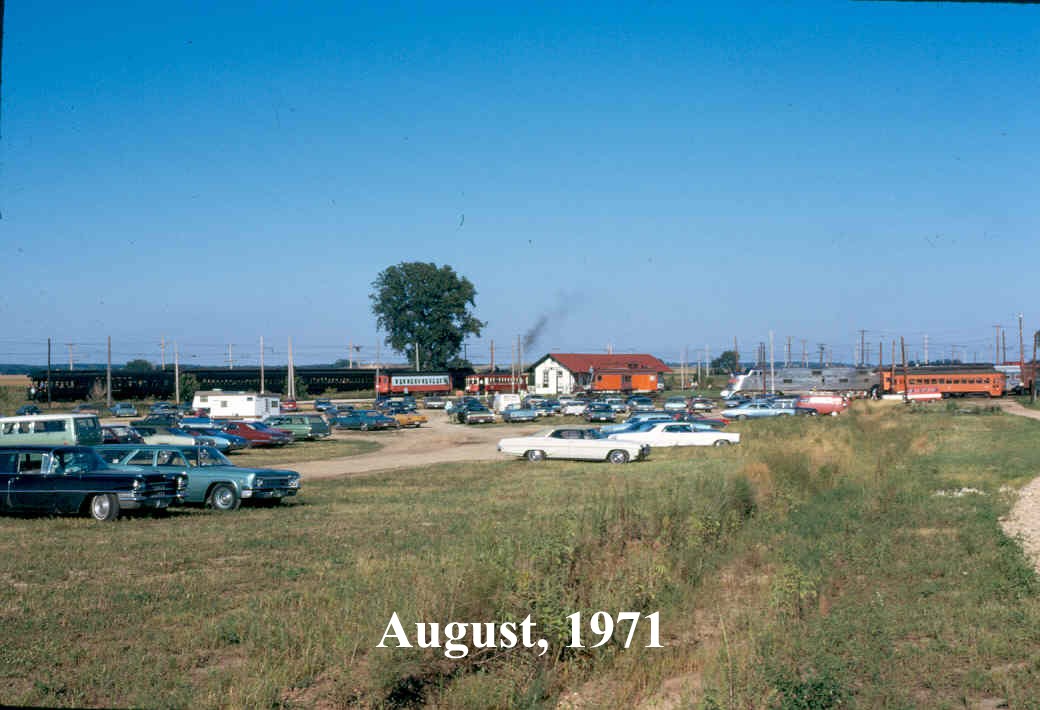

However, it was interesting that the DDDG #3, which was installed furthest inland, had the highest measured pollution in a month – – not the coastal unit as would be expected. 2 shows that the pollution levels for all sites is in the light pollution category.

2: Results of DDDG measurements over one year.įig. 2 shows results of these DDDG measurements after a year. But since this standard covers only AC lines, conversion to DC was necessary. The ESDD values, along with IEC 60815, give an indication of pollution severity along the line route. Conductivity measurements were then converted to equivalent salt deposit density (ESDD). Measurements were performed over one year, with cylinders emptied once each month and water conductivity measured. DDDGs collect dust particles and rain carried by the wind in four open cylinders placed in all directions of the compass. The second and third gauges where installed 5 and 15 km further inland. The first was installed on the coastal side of the line close to the cable transition station. This was done with Dust Deposit Density Gauges (DDDGs) installed along the line route.

The line route goes through both coastal and inland terrain and it was necessary to measure pollution levels in both areas. Several steps were taken to find an optimal electrical design and length for the composite insulators. Due to positive results from these tests, it was finally decided to use composite insulators for the new DC line. These insulators were monitored during operation and later taken down for thorough inspection. During the past 15 years, insulators from 5 different composite insulator manufacturers were installed at different locations to assess comparative impact of ageing. This line, constructed in 1976, originally was equipped with glass insulators but these were replaced with composite types after about 30 years due to an increasing rate of self-shattering. Statnett has more than 15 years’ positive experience with composite insulators on an existing 250/350 kV HVDC line connecting to a submarine cable to Denmark. This contributes to reduced tower height and width, without sacrificing electrical performance. Since DC voltage requires greater ground clearance than standard 420 kV AC lines, it is important to have insulators that are as short as possible. Selection & Design of InsulatorsĬomposite insulators were chosen due to their increased pollution performance per unit length compared to glass insulators, the type used traditionally on most transmission lines in Norway. Spark gap strings for lightning protection of the cable have also been under development and testing.
#INMR VERSION 5 INSTALL FULL#
In addition, all fittings were developed and full scale tested to be corona free at 20% above operating voltage, i.e. Statnett developed new towers for the HVDC line made using circular hollow steel profiles. 1 shows the tower types in this hybrid corridor. The new line also shares the corridor with an existing 300 kV AC line for 5 km from the cable transition station. The HVDC line shares a corridor for 38 km with two existing AC lines – a new 420 kV line under construction and an old 300 kV line being upgraded to 420 kV. Main focus is placed on what was done in regard to dimensioning the composite insulators selected and also work to prevent damages from mishandling and transportation of the insulators. This edited 2017 contribution to INMR by engineers Bjarni Helgi Thorsteinsson and Kjell Halsan of Statnett reviewed some of the engineering challenges faced during design and construction of the line. This new HVDC line is a 53 km bipolar triplex bundle line connecting to the 500 km submarine cable. The biggest challenge has been construction of the new 525 HVDC NordLink Line, which is a part of the interconnection with a submarine cable. The project consisted of 250 km of new transmission lines, voltage upgrading of 60 km of existing transmission lines as well as several new substations. Statnett, the TSO in Norway, has reinforced the electrical transmission grid in the country’s southwest due to a new HVDC submarine cable connection to Germany.


 0 kommentar(er)
0 kommentar(er)
